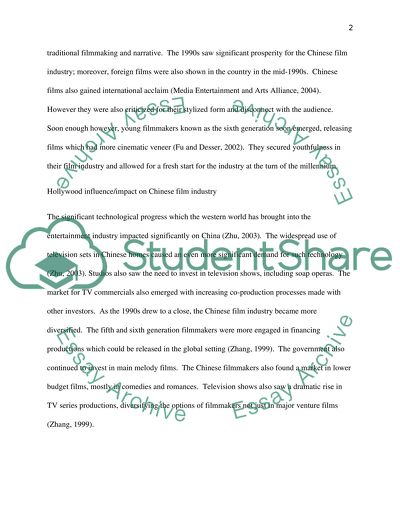Cite this document
(“How important has Hollywood been in influencing Chinese filmmaking Dissertation”, n.d.)
How important has Hollywood been in influencing Chinese filmmaking Dissertation. Retrieved from https://studentshare.org/visual-arts-film-studies/1476946-how-important-has-hollywood-been-in-influencing
How important has Hollywood been in influencing Chinese filmmaking Dissertation. Retrieved from https://studentshare.org/visual-arts-film-studies/1476946-how-important-has-hollywood-been-in-influencing
(How Important Has Hollywood Been in Influencing Chinese Filmmaking Dissertation)
How Important Has Hollywood Been in Influencing Chinese Filmmaking Dissertation. https://studentshare.org/visual-arts-film-studies/1476946-how-important-has-hollywood-been-in-influencing.
How Important Has Hollywood Been in Influencing Chinese Filmmaking Dissertation. https://studentshare.org/visual-arts-film-studies/1476946-how-important-has-hollywood-been-in-influencing.
“How Important Has Hollywood Been in Influencing Chinese Filmmaking Dissertation”, n.d. https://studentshare.org/visual-arts-film-studies/1476946-how-important-has-hollywood-been-in-influencing.


